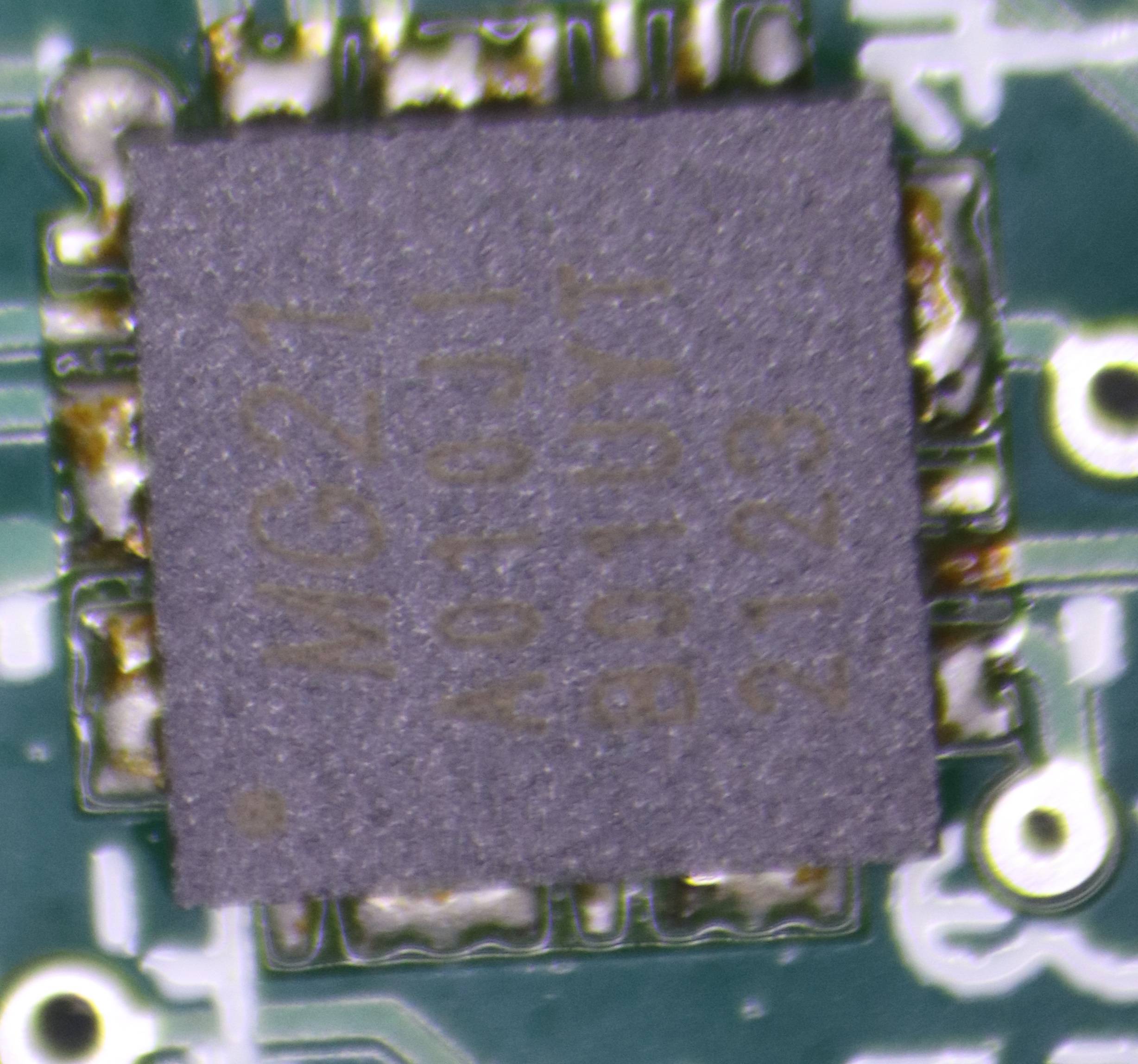I assembled this PCB using the SMD reflow process (I used the oven/toaster for heating step.)
I am not sure why, but there there are solder bridges that have been formed on the MCU's pads. The footprint of this MCU is 3x3mm. Please refer to the image. I made this image using a microscope.
Is there anyway I can remove the solder bridges?
I feel like I can't use a soldering gun since its tip is too thick to remove the excess solder. Even though I somehow managed to remove the chip completely, I won't be able to put it back since I won't be able to use the stencil to put the solder paste back (since there are a couple of components beside it, I can't place the stencil.)
Can anyone help me with any suggestions?


